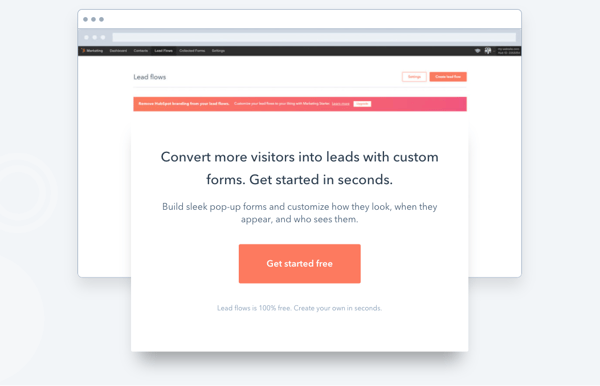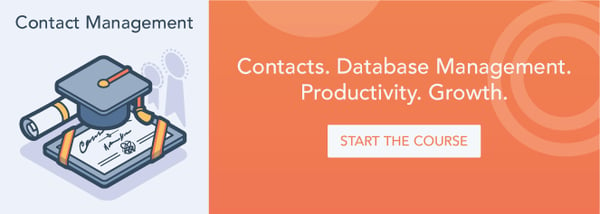"We need more conversions. Why aren’t people converting on this page? How do we optimize our efforts for success?"
These questions fill conference rooms and Zoom meetings across industries. The heart of these questions is: How can I can connect with my contacts and nurture them to a conversion and eventually through a deal?
With the campaign analytics tool in HubSpot you can now start to track and understand what affect your marketing assets have on your business -- but the bigger question is still looming: what is your strategy for optimizing?
What is Conversion Rate Optimization?
First things first. What is conversion rate optimization and how does it fit into your business strategy.
Before you look to optimize your conversion rate you first need to have a conversion. But what is the definition of a conversion?
A conversion is the the action that you want your site visitor to take.
And once your site visitors have taken that action you can begin to optimize that conversion process which is conversion rate optimization.
Conversion Rate Optimization (CRO) is the science of testing various hypothesis in order to get more people to convert on your page.
Your contacts are the ones that convert on your pages and optimizing that experience for them will allow you to generate more leads and continue to delight your customers.
Let’s look at the four things that make up conversion rate optimization:
- Structure and dynamic way to improve website performance
- Data-driven
- Defined by unique objectives
- Taking the traffic you already have and making the most of it
And if these are the four things that make-up conversion rate optimization then how do you calculate it?
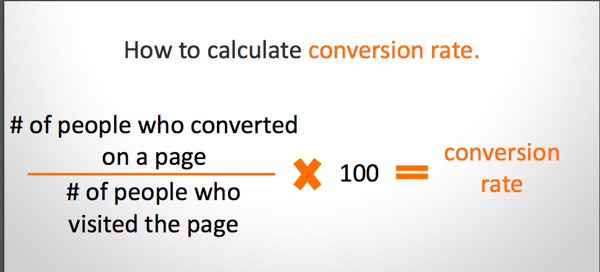
You know how your definitions, what makes up CRO and how to calculate your conversion rate. Before we dive into the 5 tips of a CRO strategy let’s look at three key elements of a conversion.
- Call-to-action
- Conversion path
- A/B Testing
Call-to-action
Having a call to action in your conversion is the key to convert someone. This button, link or other clickable element takes the user to an action that will guide them to the conversion or towards. A conversion is an action and your CTA is what drives that action (kind of important!)
Conversion Path
Knowing the action you want your users to take with your CTA you can then guide them to it with a conversion path. Your conversion path is the step by step process through which a user completes their conversion. You can see an example below of what this might look like:
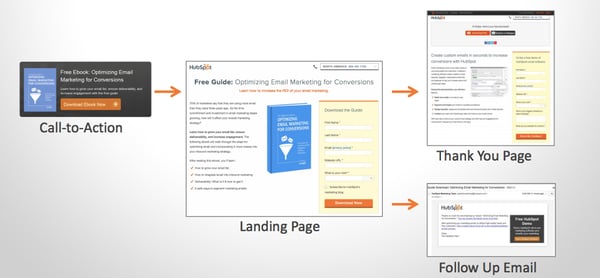
A/B Testing
The last element that is critical to your CRO strategy is the ability to A/B Test. A test that compares the effectiveness of one version of a page or element to a second version. A/B testing starts to get at the optimize part of your CRO strategy. You never want to settle with your conversion strategy and a/b testing is the key to that.
Want more resources on Conversion Rate Optimization? Check it out here.
5 Tips for a CRO Strategy
Now that you know what CRO is and how you can implement it into your business let’s look at 5 ways you can use a CRO Strategy for success.
When looking to build a CRO plan it is very different than applying CRO Tactics. When you are using CRO Tactics you are focused on the quick fixes, no plan of action and guessing at what your users want.
When you building out a CRO Plan you are implementing a strategy that will help you and your business grow over time. This includes:
- Data-driven information
- Hypothesis
- Plan of action for testing
- Iterative
- Improvement over time
If you want to continue to improve over time and not implement quick fixes you will want to plan out this strategy for you and your business.
Now let’s take a look at 5 tips for building out this strategy that focuses on improvement over time:
- Define your objective
- Establish a baseline
- Form a testable hypothesis
- Design your tests
- Run your tests
Define your objective
Before you get started you will need to clearly define your ‘conversion’. What is the conversion you are trying to get? Are you wanting users to sign-up for a webinar or download an educational piece of content. Defining your objective will help guide your conversion strategy but also allow you to answer the questions of who is this conversion for? Who should I be targeting?
Once you define your objective you can begin to look a the necessary elements of that conversion that you will need to include. For example, you will always have a CTA but what else do you need? How many emails are involved?
Establish a baseline
When you are doing any type of test with marketing or even trying different cupcake recipes you need a baseline. The best way to establish a baseline is to look at past-performance. What are the submission numbers on your landing pages?
Want to look at the performance of all your pages? Check out this template here.
Form a testable hypothesis
Now that you have created a baseline of the type of performance you see on your pages you will be able to create a testable hypothesis. Questions to consider will be:
- Is the traffic coming to this page the right kind of traffic?
- Are people landing on this page getting enough information?
- Is the page confusing, overwhelming or distracting?
- Does the eye path help direct someone to the target action?
Once you have answered these questions and your page is set-up to be optimized for success you can create your hypothesis.
If you need to re-design a page and want help updating your website for success check out ‘How to improve your website for your contacts’.
Creating your hypothetical statement you will want to follow this framework:
By [making this change (s)], the conversion rate will increase because [problem it fixes].
You can view an example below:

Design your tests
When designing your tests there can be countless factors that influence the decision-making process of a site visitor. What this means is you need to utilize A/B testing to ensure you know which elements help people make the decisions and which elements hinder it. Check out what you can test and start to think about what you want to test out:
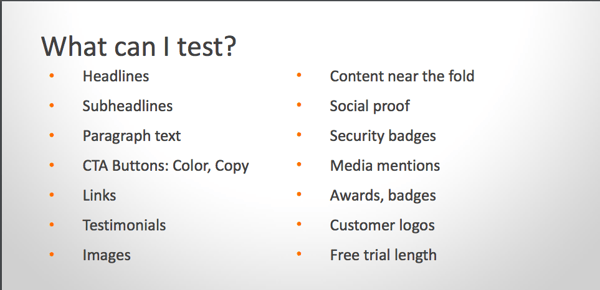
HubSpot has an A/B Testing tool that will help you guide these tests and you can check out the a/b testing checklist here to get started.
Run your tests
Now that you have selected what you want to test there are a few things to think about when running the test:
- Test one 1 (or 2 if they go together) element at a time
- Don’t change the traffic type during this test
- Have a clearly defined control and variation
- Document exactly what you changed in the variation
- Run your test for the appropriate amount of time
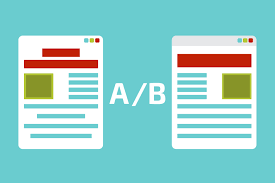
Now that you have completed your test you will be able to calculate your conversion rate. Using the formulae below check out how your optimization is performing.
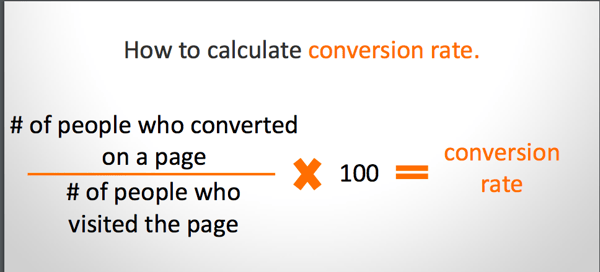
And as always in the marketing world continue to analyze this data over time and optimizing with the data that you find.
HubSpot Tools for Improving Your CRO Strategy
With your strategy in place you will now need the tools to help you execute on your CRO strategy. HubSpot has a few tool recommendations on how you can be as successful as possible your CRO Strategy.
Let’s take a look at what these tools are:
- Lead Flows
- Campaign Analytics
Lead Flows
Lead flows allow you to easily create and customize engaging lead capture forms. With lead flows you can build pop-up forms your visitors actually respond to, and drive more conversions.
Most visitors who come to your website never convert and with your CRO Strategy fueled by lead flows you can fix that. With lead flows, your visitors have a frictionless experience where they get the content they're looking for, and you get the conversion. You both win.
You will be able to customize how your forms look and behave without learning how to code or relying on a developer and they work on any website!
You can learn more about lead flows here.
Campaign Analytics
The new campaign analytics tool helps you with two keys areas in your campaigns:
Using campaigns as conversion paths.Boosting efficiency by showing both old and new contacts.
Campaigns are now shown in the tool as true conversion paths to show you how your contacts went through the information you shared with them.
The two pieces of data you can now measure in the campaign tools are:
- Comparing campaigns
- Mapping out campaigns visually
These two tools can help guide your CRO Strategy and lead to success.
Want to learn more about campaign analytics? Check it out here.
Want more CRO Resources? Check them out here.
